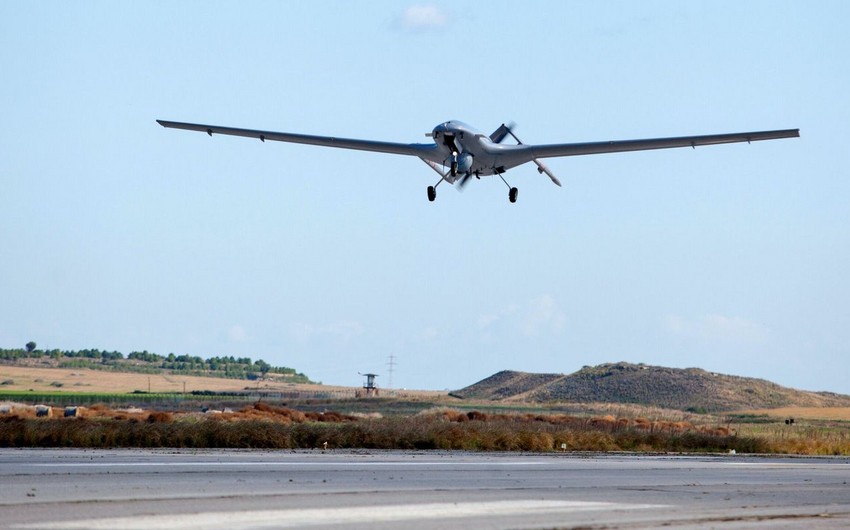When Azerbaijan took over the skies in its fight with Armenia over the Nagorno-Karabakh last fall, winning the air war with kamikaze drones, one thing started to become clear to US Army strategists: It’s becoming easier to hunt and kill troops than ever before - and to do so on the cheap, Report informs referring to an article by on successful use of drones during the Second Karabakh War.
“With inexpensive, combat-ready drones proliferating on battlefields all over the world, in the not-too-distant future unsuspecting soldiers might get killed just by getting out of their positions for a moment to go to the bathroom,” reads the article.
“You can see video of tanks being hit by an unmanned aerial system, artillery positions being hit by an unmanned aerial system, troops being hit by an unmanned aerial system,” said Col. Scott Shaw, the outgoing head of the Army’s Asymmetric Warfare Group.
What has become apparent after Azerbaijan routed Armenia last fall, he said, is that not only will the US military no longer enjoy uncontested air superiority against peer rivals like China - something Defense Department officials have long resigned themselves to - but that poorer nations can buy themselves a respectable air force mostly off the shelf.
US defense planners are already moving in that direction, they are actively studying the use of drones during the war, according to the article.
Mark Esper, the former defense secretary, sought to reach the Trump administration’s goal of a 355-ship Navy by investing more into research and engineering for unmanned vessels. It’s not clear yet how the Biden administration will approach the future size and composition of the fleet, but the Navy and Marine Corps released a road map for the use of unmanned systems this month.
Meanwhile, unmanned aerial vehicles are becoming more lethal. Shaw noted that drones will increasingly resemble aerial tanks—flying, armored beasts that can pack a devastating punch.
“And as drones become harder to kill, troops on the ground will potentially become easier to kill, with battlefield surveillance also getting cheaper. That means the Army, which hasn’t changed its camouflage face paint pattern for more than two decades, needs to find new ways to avoid being spotted, and killed, even by a weaker opponent,” Shaw noted.


 https://static.report.az/photo/b4bc7211-4e6f-34f9-b5df-606b09e54cd9.jpg
https://static.report.az/photo/b4bc7211-4e6f-34f9-b5df-606b09e54cd9.jpg

